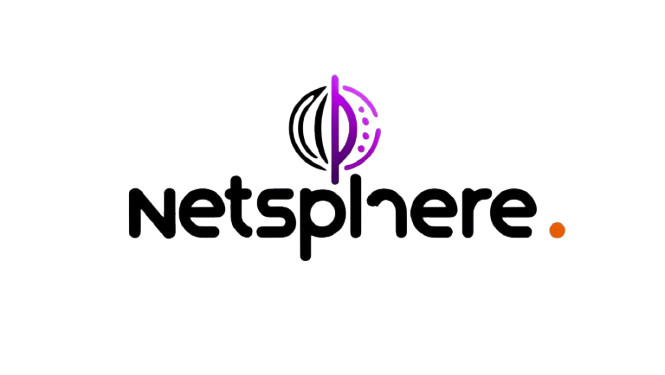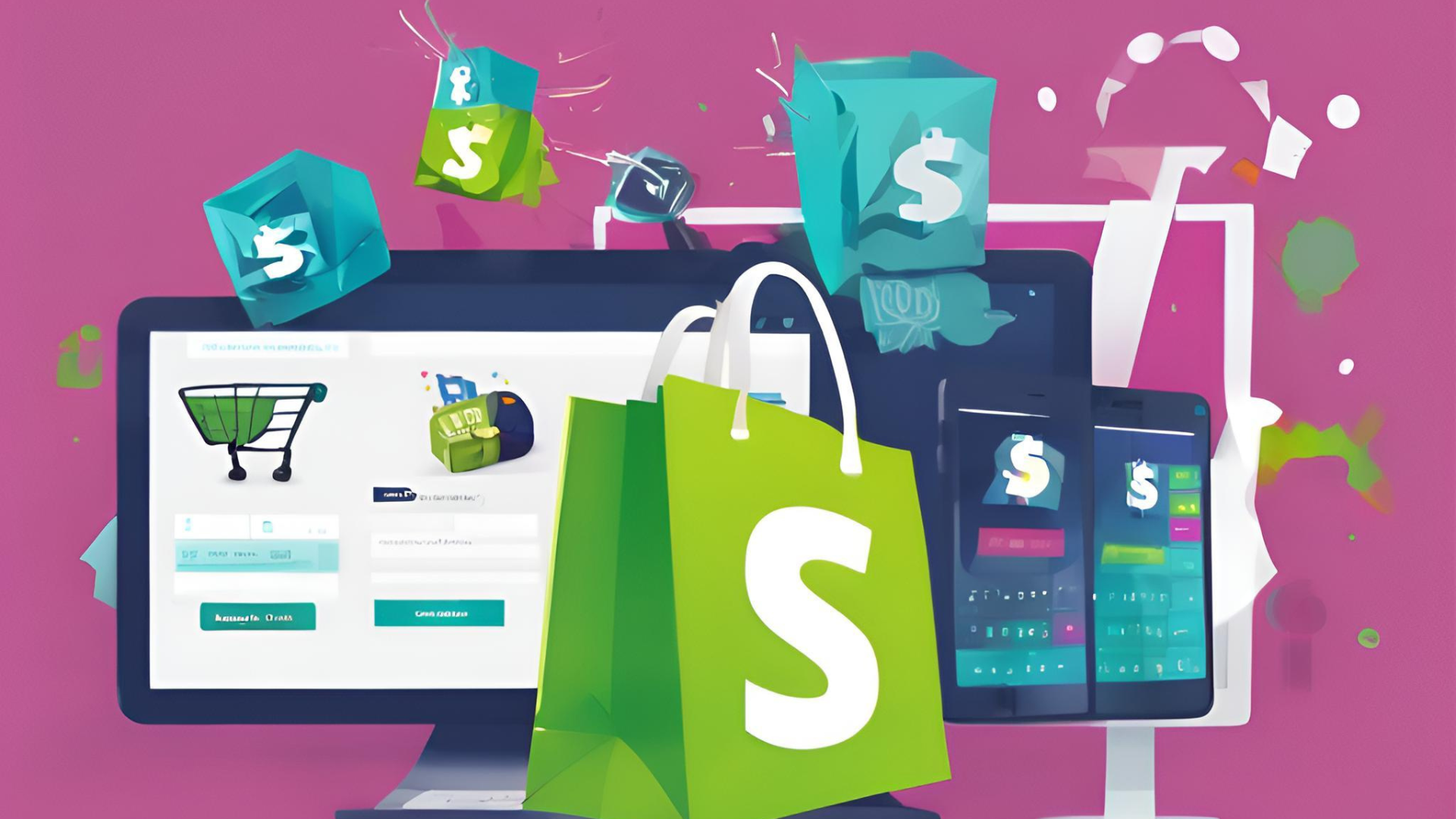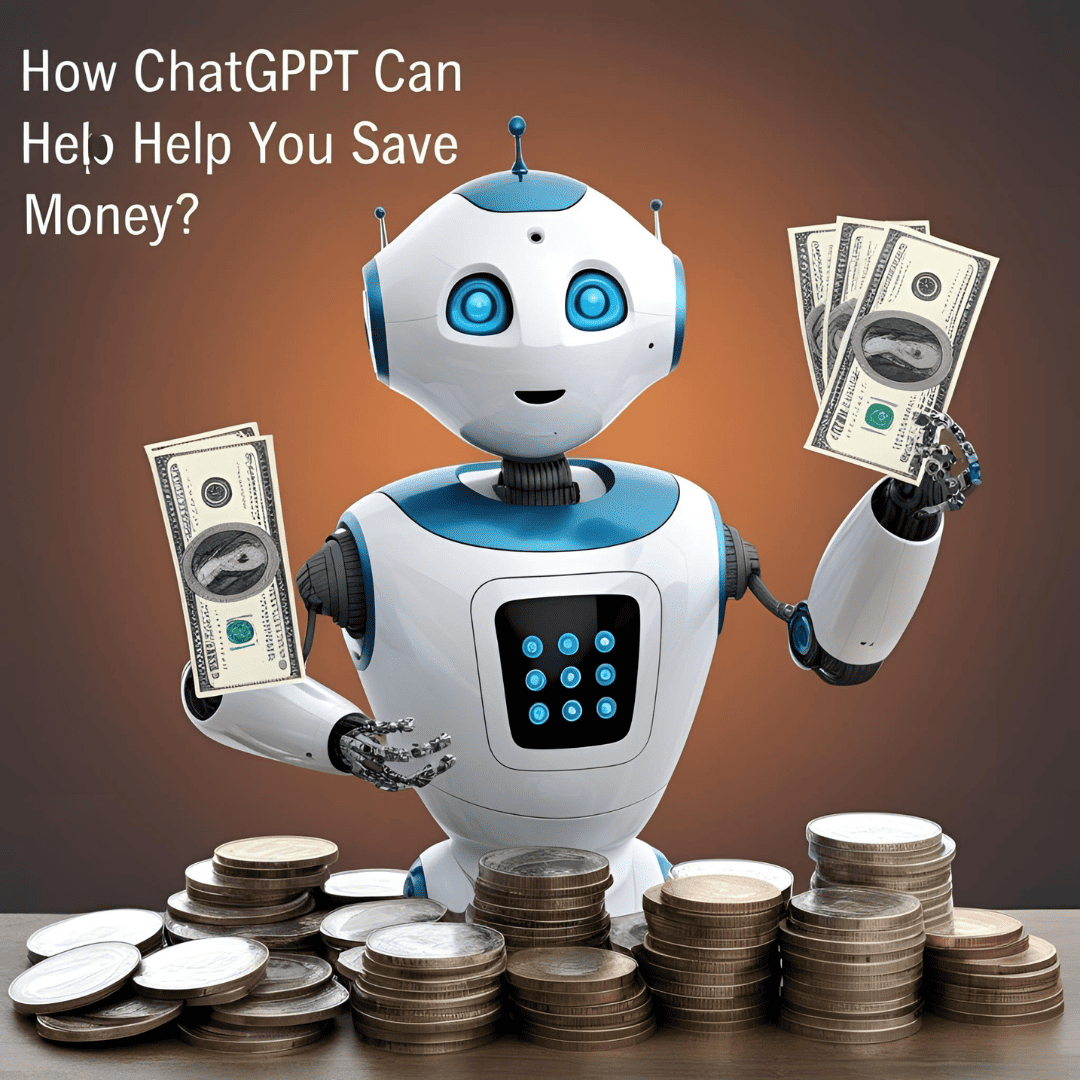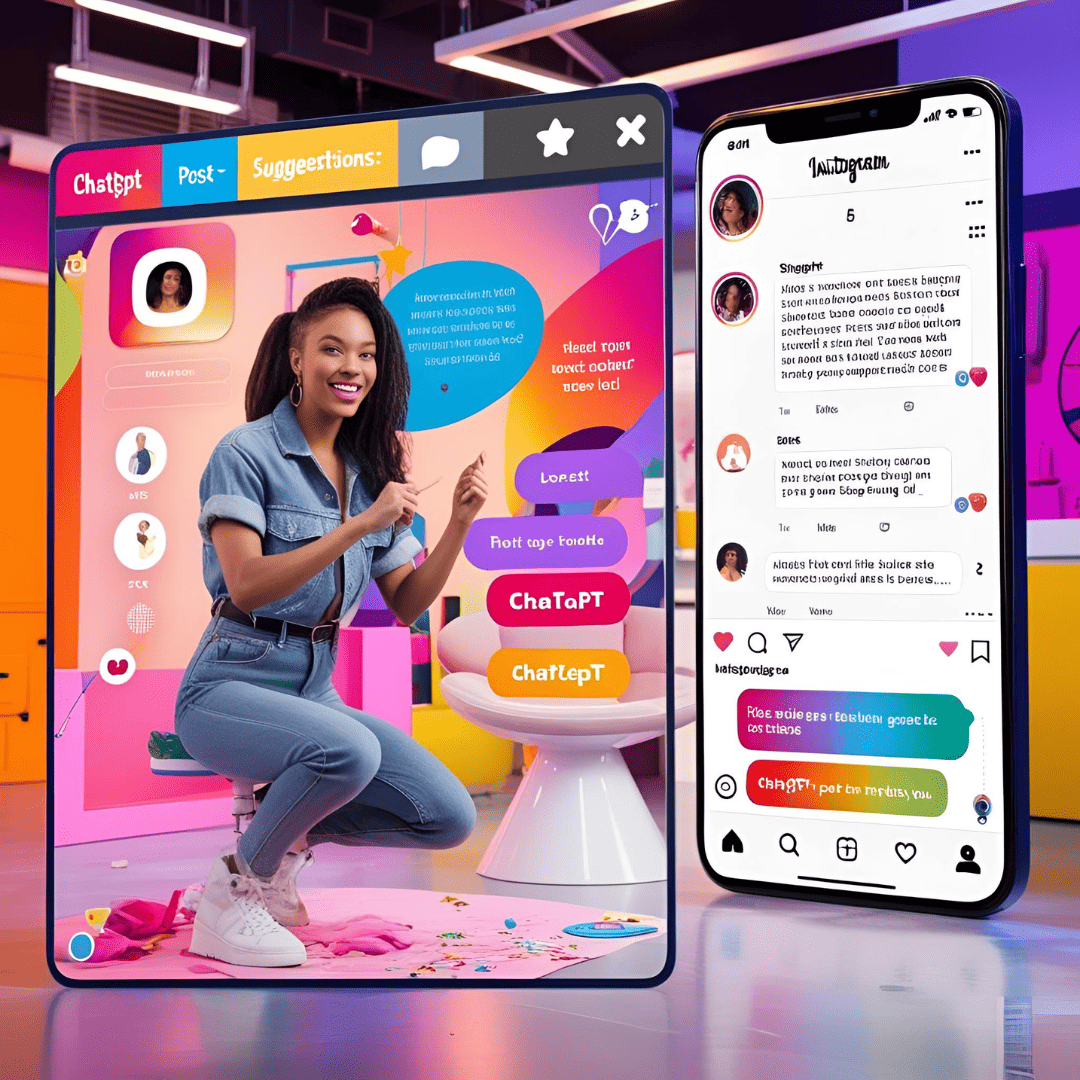Content creation in the healthcare field requires more than just creativity — it demands responsibility, clarity, and accurate information. That’s exactly why many health professionals — such as nutritionists, dentists, physical therapists, psychologists, and doctors — are turning to ChatGPT as a powerful tool to communicate better with their audience, build authority, and grow their online presence.
In this post, you’ll learn how to use ChatGPT to produce reliable, accessible, and SEO-friendly content, without compromising professional ethics.
Why Use ChatGPT to Create Healthcare Content?
You already have the knowledge. But turning technical information into educational and engaging content for a lay audience can be challenging.
ChatGPT helps by organizing ideas, simplifying complex concepts, and suggesting creative formats for content — whether for social media, blogs, or email.
It’s fast, easy, and customizable for different patient profiles.
How to Make Technical Language Accessible with AI
Scientific language can be intimidating for the average person. One of the smartest ways to use ChatGPT in healthcare is to translate technical terms into simple, empathetic language without losing credibility.
Try a prompt like this:
“Explain bruxism in simple, patient-friendly language. Offer 3 practical tips to relieve symptoms.”
In seconds, you’ll get a clear and engaging explanation — perfect for your blog, Instagram, or email newsletter.
You can also ask ChatGPT to create:
- Captions with calls to action
- Titles for blog posts or videos
- Reels or short video scripts
- Q&A story sequences
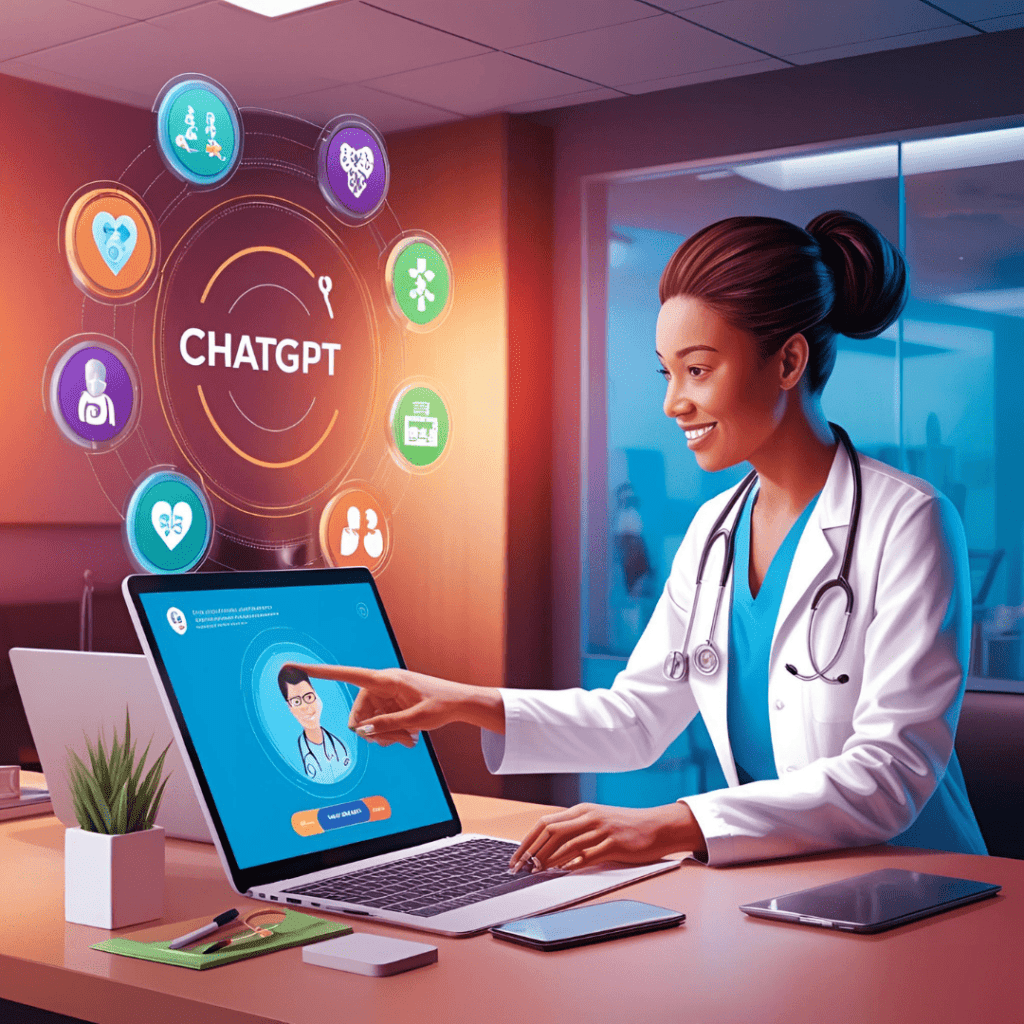
SEO Strategies for Health Blogs Using AI
If you already have (or want to start) a professional blog, ChatGPT can support your SEO strategy (Search Engine Optimization) to help your content reach more people on Google.
Try prompts like:
“List long-tail keywords for a blog post about diabetic nutrition.”
“Create an outline for a blog article on pelvic floor physical therapy with an accessible tone.”
ChatGPT can also suggest:
- Catchy, SEO-friendly blog titles
- Compelling meta descriptions
- Well-structured subheadings using keywords
This helps your content gain visibility and positions you as a trusted expert.
Ethical Considerations: How to Review and Validate AI-Generated Information
Even though ChatGPT is a powerful tool, it does not replace your professional knowledge or ethical responsibilities.
Make sure to:
- Carefully review all content using reliable sources (scientific articles, clinical guidelines, and official health organizations).
- Adapt the language to your audience with empathy and care.
- Avoid making diagnoses or health claims, staying within ethical boundaries.
- Add your professional identity (name, credentials, specialty) to reinforce credibility.
ChatGPT is your assistant — you are still the trusted source of knowledge.
Final Thoughts
The use of ChatGPT by healthcare professionals is growing rapidly — and for good reason. It makes it easier to create educational, accessible, and high-impact content, while supporting SEO and digital marketing efforts.
But remember: what truly adds value to your content is your clinical experience, ethics, and commitment to your patients.
Use artificial intelligence to enhance your communication, but always stay true to your role as a healthcare educator.
Keywords for this post:
digital marketing in healthcare, ChatGPT for health professionals, medical content with AI, SEO for health blogs, reliable health content, AI in nutrition, AI in dentistry, artificial intelligence in physical therapy.
Want this content turned into a social media carousel, video script, or email sequence? Just let me know — I’ll help you adapt it for any format!
